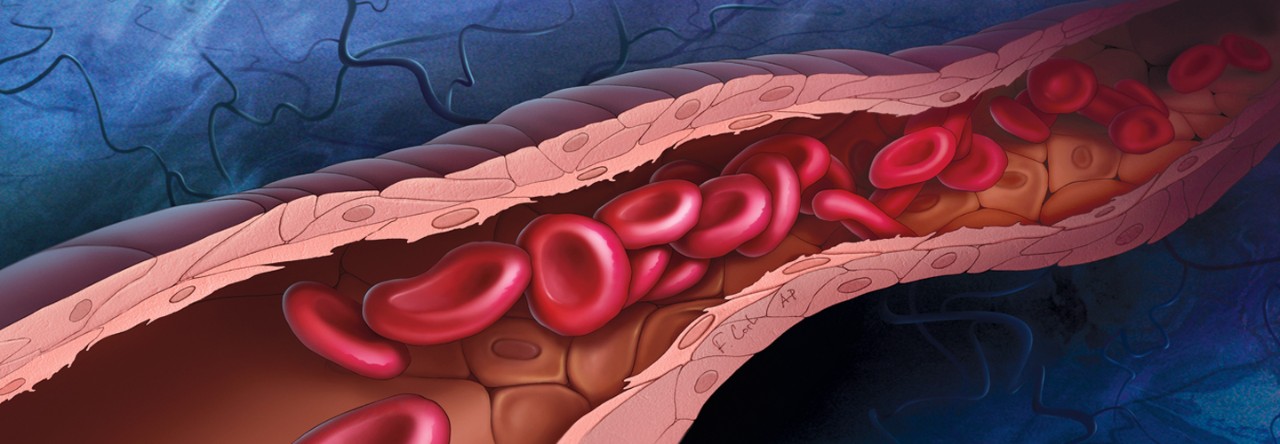SA: What is the process for creating a medical illustration?
FC: First, I meet with the doctor requesting the illustration. We talk about what the illustration should accomplish. Then I research and sketch. I send the sketches to the doctor to review. I update the sketches based on his or her feedback, and we might have some more back-and-forth. After the sketch is finalized, I create the version that will be published. I either paint it in color or, if just a black-and-white line drawing is needed, I draw it in pen and ink. Though, most of what I do is in color.
SA: What materials do you use?
FC: Everything we do here is on the computer. I sketch by drawing right on a monitor to create “pencil” sketches. And I digitally render the final versions as well. I mostly work in Adobe Photoshop.
SA: How do you do research?
FC: If I’m illustrating the steps for a surgery, I begin by reading the surgeon’s clinical notes. Sometimes I look online for videos of the surgery. Occasionally, I might actually watch a surgeon perform the surgery. If I’m illustrating something more straightforward, such as the human brain or a blood vessel, I often rely on my own knowledge of anatomy. I may also look at CT scans or MRI scans of the body part that I am illustrating. I usually don’t look at photographs. They can be very messy—which is why we do what we do. We clean up and simplify the image.

